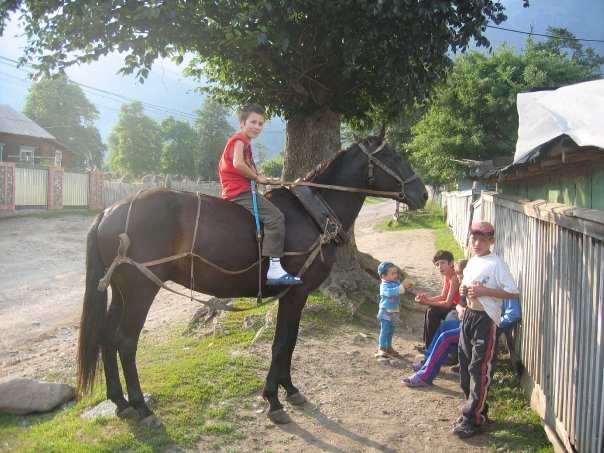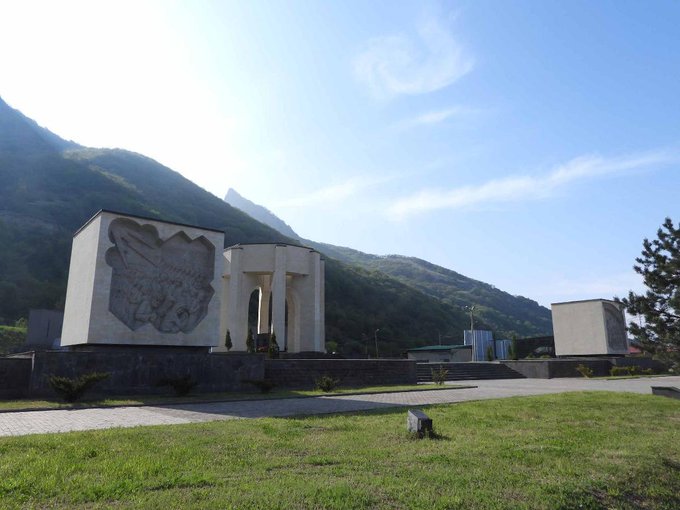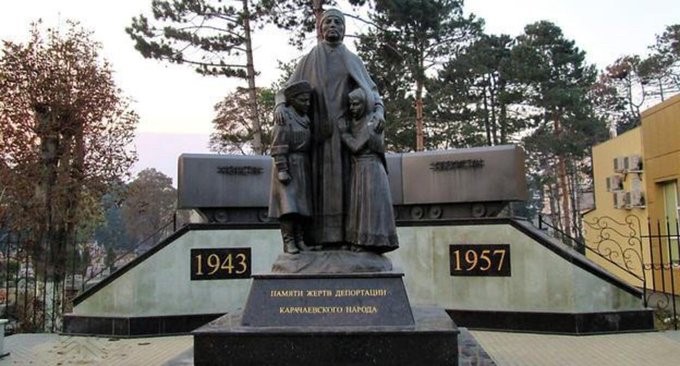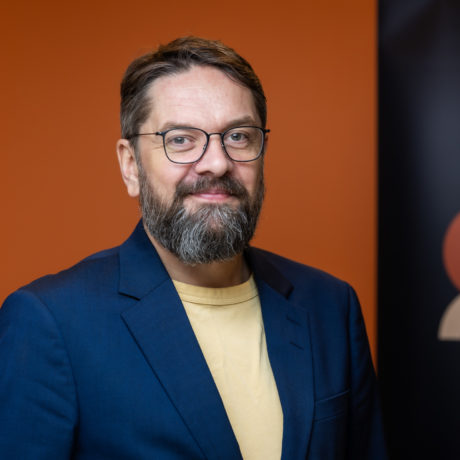Operation «Seagull» was the very first of the major mass deportations of entire ethnic groups from the Caucasus in 1943-44. Like the deportation of the Kalmyks one month later, the operation to gather all ethnic Karachays was implemented by Lavrenti Beria of the NKVD (present-day FSB). It was approved by Joseph Stalin in October 1943.
On the night of 2 November 1943, arrests began at 02:00 in the morning. Secret police cordoned off villages and gave inhabitants a few hours to collect some basic belongings, before they were systematically brought to cattle carts. Over the next three days, over 68,000 people were gathered up, the entire Karachay ethnic group. Thousands of Karachay men who at the time were fighting the German army on the frontlines were sent into exile if they survived. The Karachay Autonomous Region was dissolved.
Fatima is a 27 years old Karachay who lives in a village outside Cherkessk, the capital of the Karachayevo-Cherkessia Republic in the North Caucasus. Her grandfather and his family were among those who were rounded up by the secret police in November 1943 and put in cattle wagons.
– I’ve heard stories about the deportation all through my childhood, Fatima explains. – There’s one that I’ll never forget. All the Karachays were forced into the train wagons, with terrible conditions. Many died during the transport. The Karachays were crowded together and had to use buckets inside the wagon to relieve themselves. As you know, people in the Caucasus are conservative, and found it difficult to go to the toilet in this manner, in front of people of the opposite sex. One of my family members refused and cursed the guards.
Fatima’s relative paid dearly for protesting the horrific conditions in the cattle wagons: – He was thrown into a wagon which was full of corpses. After spending the night with people he knew, including children and dead friends who were literally lying on top of each other, his hair turned grey. This is one of the stories I remember being told about my family’s experiences during my own childhood.

The Karachay people traditionally inhabit the high Alpine regions of the North Caucasus. They speak a Turkic language, and as such are connected to the many other Turkic peoples of the region such as the Nogais, Kumyks (not to be confused with the Mongol Kalmyks), Azeris and of course Turks. They are closely related to the Balkar people, with some seeing the division of the two ethnic groups as a Soviet construct.
Some of the most beautiful regions of the Caucasus are inhabited by Karachays, including Dombay, which today is a major Russian ski resort, popular also with trekkers and mountain climbers.
Train loads carrying 2000 Karachays each began arriving in Dzhambul Province, in the south of Kazakhstan, and in Frunze Province in Kyrgyzstan one or two weeks later. Ethnic Karachays were put to work locally. Although Kazakh, Kyrgyz and Karachay-Balkar are all Turkic languages, the differences are great. Central Asian and Caucasian cultures and traditions differed greatly, even within the Stalinist mould of the Soviet Union.
Fatima heard positive stories about the way in which Karachays were received by Kazakhs and Kyrgyz during the time in Central Asia: – Local people helped those who were deported, despite the Soviet propaganda about them. Also, my grandparents fell in love while in exile in Kazakhstan. They got married there.
In Central Asia, the Karachays were spread out over 550 settlements, similar to labor camps. They suffered from exhaustion and hunger, with food rations tied to work quotas.
Out of the initial 68,614 people who were deported to Central Asia, it is estimated that somewhere between 13,000 and 19,000 people died. Hundreds died from thirst and dehydration during transport, while thousands more died in Central Asia. By 1948, five years after the deportation, the population of Karachays in exile was recorded by Soviet statisticians as 56,869. After Stalin’s death on 5 March 1953, the Central Committee of the Communist Party overturned the decree stating that all deported peoples – including the Karachays – must remain in permanent exile. Gradually, deported peoples – except Crimean Tatars and Meskhetin Turks – were allowed to return to their homelands. In 1957, the Karachays were allowed to return home.

For Fatima, the knowledge of the way Karachays were treated has deeply affected her relationship to the current government in Russia. – It really changes the way you see justice, or safety. Honestly, you never really feel safe because you know that if the entire world could ignore an injustice like this, the Kremlin and Russians will never leave us alone. If you stand up for your rights, you’ll be called an extremist. The deportations affected our language very badly. My grandparents didn’t teach my father Karachay language, because they were afraid that he would suffer a similar fate as they did. They were also worried that he’d be discriminated against, if he had a noticeable Caucasian accent.
By 1959, about 85% of all deported Kalmyks had returned from Kazakhstan and Kyrgyzstan to present-day Karachay-Cherkessia.
Although Fatima wants to preserve her heritage, it is difficult. – I speak Karachay, but not fluently. Our native language is not taught properly in schools. Online training centers for Karachay language are becoming increasingly popular. People really try hard to preserve our ethnicity. Even marrying an ethnic Russian would be seen as some kind of betrayal. We have to preserve ourselves as a nation, because the deportation wiped out such a large part of our population.
In the 2021 census, ethnic Karachays made up 44% of the population in Karachay-Cherkesia, while ethnic Russians made up 27%. Circassians made up as little as 12% of the population, a direct result of the ethnic cleansing of the Caucasus by Russian troops in the decades leading up to 1864.
Two autonomous republics inside the Russian Federation include the names of the Karachay and Balkar peoples, namely Karachay-Cherkessia and Kabardino-Balkaria. If the administrative borders were to follow ethnic lines, however, a Karachayevo-Balkaria would be more logical. In Soviet times, these administrative inventions were intended to divide ethnic groups which together, could represent a challenge to central authority.
The memory of the deportations is still alive among Karachays today. – In my family, we talk about it every time we get together. Always. Over the past five years, I’ve
noticed that people get in trouble for speaking publicly about Russian imperialism, and not just communism or Stalinism. Since the war in Ukraina, it’s gotten very bad.

